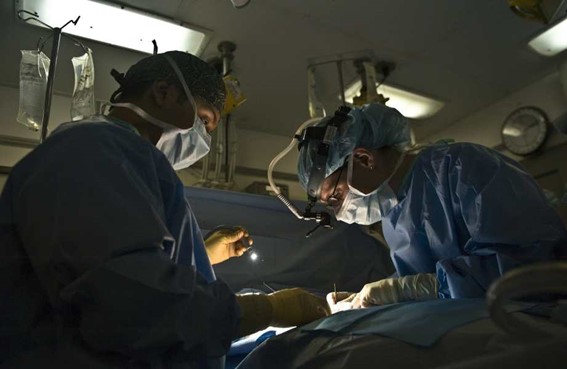Recently, a judge in the State of California, United States, rendered a decision ruling that the Food and Drug Administration cannot regulate stem cell treatments as a medicine. Such a decision generated controversy, as there are other decisions that consider cell therapies as medicines regardless of their nature.
In Brazil, the regulation regarding stem cell treatment is recent, being recognized as a type of advanced therapy and regulated in the following rulings by Anvisa (the Brazilian FDA):
| Anvisa Ruling | Description of Anvisa’s Ruling |
| Rule RDC #505/2021 of May 27, 2021 | Provides for advanced therapy product registration and other provisions. |
| Rule RDC #506/2021 | Provides rules for conducting clinical trials with advanced investigational therapy products in Brazil, and other provisions. |
| Rule RDC #508/2021 | Provides for Good Practices in Human Cells for Therapeutic Use and Clinical Research, and other provisions. |
With this new ruling, Anvisa established that advanced therapies subject to registration with the Brazilian regulatory agency are:
- advanced cell therapy products;
- gene therapy products; and
- tissue engineering products.
These advanced therapies are biological products obtained from human cells and tissues which have been subjected to a manufacturing process or products consisting of recombinant nucleic acids, with the purpose of regulating, repairing, replacing, adding or deleting a genetic sequence or modifying a gene’s expression.
Therefore, it is important to highlight that stem cells hold great promise in the treatment of complex diseases, especially those without any existing medical alternatives. On the other hand, it is a huge challenge for the authorities to establish controls and good practices in a field that is still so unknown and the legal risks of which are not yet measured, such as the need or otherwise of storing individuals’ DNA, the possibility of early identification of diseases that are known to third parties without the corresponding authorization of the individual, potential total or partial cloning, etc.
With regard to the cost of stem cell treatment, the situation is equally complex since, like any innovative treatment, its initial cost is usually very high, well above the financial capacity of most of the population, and it is up to the government, by virtue of the Brazilian Constitution of 1988, to facilitate the access to such treatments for who need it. Article 196 of the Brazilian Constitution generally establishes that health is a right of all and a duty of the State. However, there is a challenge in balancing the public budget for health to cover every intended expenses with the need to pay for high-cost treatments such as this.
A similar challenge will now be faced the private sector, that is, the supplementary health sector, given that Statute 14,454 of September 21, 2022, considered the list of procedures and events in supplementary health of the Brazilian Supplementary Health Agency (ANS) as exemplary only, which served as a base reference for private health care plans signed January 1, 1999 onwards. Thus, it should be noted that treatments with hematopoietic stem cells have been on the ANS list since 2021. On the other hand, if other treatments with stem cells not included in this concept are necessary, the understanding that coverage must be authorized by the health care plan operator prevails, provided that (i) there is evidence of effectiveness in light of health sciences, based on scientific evidence and therapeutic plan; or (ii) there are recommendations from the National Commission for the Incorporation of Technologies in the Brazilian Public Health System (Conitec), or there is a recommendation from at least one internationally renowned health technology assessment body, provided they are also approved in their countries.
Nevertheless, the issue for the supplementary health sector is very similar to that faced by the public sector with regard to the balancing costs in face of the revenue arising from the prices charged to the respective insured persons.
Even in the face of uncertainties regarding access, legal risks, and costs, a new window of opportunity is opened for patients who, until then, had no therapeutic option or encouragement to cure or minimize their suffering.

